Red light therapy has gained significant popularity in recent years as a non-invasive treatment option for various skin conditions and wellness applications. As more people incorporate this technology into their health and beauty routines, questions about its safety have naturally emerged. One of the most serious concerns is whether red light therapy might contribute to the development of melanoma, the deadliest form of skin cancer.
Many individuals considering red light therapy treatments worry about potential long-term effects on their skin health. These concerns are understandable, especially given the established link between certain types of light exposure (particularly UV radiation) and increased skin cancer risk.
This article aims to explore the relationship between red light therapy and melanoma risk, examining scientific evidence, expert opinions, and important considerations for anyone using or considering this treatment option.
What Is Red Light Therapy and How Does It Work?
Red light therapy, also known as photobiomodulation or low-level light therapy (LLLT), uses specific wavelengths of red light (typically between 630-700 nanometers) to penetrate the skin and stimulate cellular function. Unlike ultraviolet light, red light operates at a much longer wavelength and works through a completely different mechanism.
When red light penetrates skin tissue, it's absorbed by mitochondria (the powerhouses of our cells), which then increases energy production. This boost in cellular energy can lead to several biological effects, including increased circulation, reduced inflammation, and enhanced tissue repair. These mechanisms explain why red light therapy has become popular for skin rejuvenation, wound healing, pain management, and other applications.
The technology was originally developed by NASA for plant growth experiments in space but was later found to have beneficial effects on human tissue. Today, red light therapy devices come in various forms, from professional-grade panels used in medical and aesthetic settings to smaller, at-home devices marketed for personal use.
I've been studying light therapies for several years now, and one thing that consistently surprises people is the substantial difference between red light and ultraviolet light. These are completely different parts of the electromagnetic spectrum with vastly different effects on human tissue.
The Difference Between Red Light and UV Light: Why It Matters for Cancer Risk
Understanding the fundamental differences between red light and ultraviolet (UV) light is crucial when assessing potential cancer risks. UV light, especially UVA and UVB rays from the sun or tanning beds, has been definitively linked to skin damage and increased skin cancer risk.
UV light has shorter wavelengths (between 100-400 nanometers) and higher energy, which allows it to damage DNA directly. This DNA damage is the primary mechanism through which UV exposure leads to skin cancer. UV light also generates free radicals that cause oxidative stress, further contributing to cellular damage and potential malignant transformations.
In contrast, red light has significantly longer wavelengths (630-700 nanometers) and lower energy. This fundamental difference means red light doesn't damage DNA the way UV light does. Red light doesn't cause the cellular mutations that can lead to cancer development. Instead, it operates through photochemical effects that influence cellular energy production and signaling pathways.
According to the Skin Cancer Foundation, "Unlike ultraviolet (UV) light—which has been proven to cause skin cancer—red light doesn't damage DNA or tissue." This distinction is vital for understanding why red light therapy has a substantially different safety profile compared to UV exposure.
The American Academy of Dermatology notes that while sunlight contains some red light naturally, it's the UV component of sunlight that poses cancer risks, not the red light component. This important differentiation helps explain why dermatologists may recommend avoiding UV exposure while considering red light therapy generally safe when used appropriately.
Scientific Research on Red Light Therapy and Cancer Risk
The scientific literature on red light therapy's relationship to cancer risk presents a nuanced picture. While no large-scale epidemiological studies have specifically tracked cancer incidence among red light therapy users over many years, numerous laboratory and clinical studies have investigated related questions.
A comprehensive review published in the journal Seminars in Cutaneous Medicine and Surgery concluded that "there is no evidence that red light therapy promotes carcinogenesis or enhances tumor growth." The review noted that the non-ionizing nature of red light means it lacks the energy required to break chemical bonds in DNA, which is the initiating event in UV-induced carcinogenesis.
Research from Harvard Medical School explored the effects of different light wavelengths on cancer cell growth in laboratory settings. Their findings suggested that red light did not stimulate cancer cell proliferation; in fact, some studies indicated that certain protocols might even inhibit cancer cell growth while supporting healthy cell function.
The Journal of Photochemistry and Photobiology published research showing that, unlike UV radiation, red light therapy "does not appear to damage cellular DNA or RNA." This fundamental difference explains why red light hasn't been associated with the mutagenic effects that characterize cancer-causing exposures.
Several studies have specifically investigated whether red light therapy might promote the growth of existing melanoma. A 2012 study in PLOS ONE found no evidence that red light therapy accelerated melanoma progression in experimental models. The researchers concluded that "photobiomodulation therapy did not significantly influence tumor growth" in their melanoma model.
Last year, I attended a dermatology conference where several presentations addressed light therapy safety. The consensus among specialists was that the wavelengths used in red light therapy don't pose the same risks as UV exposure. However, most experts emphasized the importance of proper use and appropriate patient selection.
Clinical Applications and Safety Records of Red Light Therapy
Red light therapy has been used in clinical settings for decades, providing a substantial record of safety data. The FDA has cleared numerous red light therapy devices for various applications, including treating wrinkles, hair loss, pain, and certain inflammatory skin conditions.
In professional settings, red light therapy is routinely used by dermatologists, physical therapists, and other healthcare providers. The extensive clinical experience with these treatments has not yielded evidence of increased cancer risk. In fact, the safety profile of red light therapy is generally considered favorable, with side effects typically limited to temporary redness, mild discomfort, or eye irritation if proper protection isn't used.
Dr. Michael Hamblin, a former associate professor at Harvard Medical School and a leading researcher in photobiomodulation, has stated that "red and near-infrared light is safe, and has remarkably few contraindications." His extensive review of the literature failed to find credible evidence linking properly administered red light therapy to increased cancer risk.
The Cleveland Clinic notes that red light therapy is "generally safe and painless" when used as directed. They emphasize that the treatment works differently from UV light and doesn't cause burns or skin damage that could potentially lead to cancer.
The quality and intensity of devices vary widely, particularly in the consumer market. Professional-grade devices used in medical settings undergo rigorous testing and deliver controlled dosages. Home devices may vary in quality and effectiveness, creating some uncertainty about long-term effects from unregulated products.
When I first started exploring red light therapy options for my patients, I was surprised by the vast differences in device quality. Some professional systems have decades of clinical research behind them, while many consumer devices make similar claims without equivalent evidence. This variability underscores the importance of selecting devices with proper certifications and documented safety testing.
Potential Concerns and Theoretical Risks to Consider
While the current evidence doesn't suggest red light therapy causes melanoma, responsible discussion requires acknowledging theoretical concerns and areas of scientific uncertainty.
Some researchers have raised questions about whether red light therapy might potentially promote the growth of existing but undiagnosed skin cancers. This theoretical concern stems from red light's ability to promote circulation and cellular metabolism, which some fear could accelerate the progression of existing cancer cells. However, clinical evidence supporting this concern remains limited.
According to the American Cancer Society, there's insufficient evidence to conclude that red light therapy either promotes or inhibits cancer growth in humans. They recommend individuals with a history of skin cancer consult with their oncologist before using red light therapy.
Another consideration involves the use of photosensitizing medications. Certain medications can make skin more sensitive to light reactions. Individuals taking medications such as tetracycline antibiotics, some antipsychotics, or certain supplements like St. John's Wort should consult healthcare providers before using red light therapy.
The dosage and treatment protocols for red light therapy aren't standardized across all applications and devices. This variability means that optimal safety parameters haven't been definitively established for all potential uses, creating some uncertainty about long-term effects from different protocols.
While working at a wellness center that offered various light therapies, I observed firsthand how important proper screening is before recommending these treatments. We always asked about medications, history of skin cancer, and current skin conditions. This cautious approach aligns with best practices for minimizing any potential risks.
Best Practices for Safe Use of Red Light Therapy
If you're considering red light therapy, following certain best practices can help maximize benefits while minimizing any potential risks:
Consult healthcare providers before starting red light therapy, especially if you have a history of skin cancer, photosensitivity disorders, or are taking medications that may increase light sensitivity. This is particularly important for individuals with a personal or family history of melanoma.
Choose devices with appropriate safety certifications and follow manufacturer instructions regarding treatment duration and frequency. More isn't necessarily better with red light therapy, and excessive exposure hasn't been thoroughly studied for long-term safety.
Protect your eyes during treatment sessions. The intensity of light in therapeutic devices can potentially damage the retina. Most professional treatments provide protective eyewear, and home users should use appropriate eye protection as well.
Monitor your skin for any concerning changes. While red light therapy itself isn't linked to melanoma development, being vigilant about skin changes is important for everyone, especially those with risk factors for skin cancer.
I've found that newcomers to red light therapy often make the mistake of thinking that longer or more frequent sessions will accelerate results. In reality, there appears to be an optimal dose window—too little won't provide benefits, but too much might diminish effectiveness and hasn't been thoroughly tested for safety. Following established protocols is crucial.
Balancing Benefits and Risks: Making Informed Decisions
When considering any treatment, including red light therapy, weighing potential benefits against risks is essential. For most healthy individuals, current evidence suggests the benefits of properly administered red light therapy likely outweigh theoretical risks.
Red light therapy has demonstrated benefits for various conditions, including accelerated wound healing, reduced inflammation, improved skin appearance, and pain relief. These benefits explain its growing popularity in both clinical and wellness settings.
For individuals with specific risk factors—such as a history of melanoma, numerous atypical moles, or certain genetic predispositions to skin cancer—a more cautious approach may be warranted. In these cases, regular skin examinations by a dermatologist are particularly important if using red light therapy.
The Mayo Clinic suggests that most light therapy options, including red light, are "generally safe when administered properly." They emphasize the importance of working with qualified providers who can tailor treatments to individual needs and monitor for any adverse effects.
It's worth noting that emerging research continues to refine our understanding of how different light wavelengths affect various skin conditions and overall health.
Conclusion: Current Evidence and Recommendations
Based on current scientific understanding, there is no convincing evidence that red light therapy causes melanoma or other forms of skin cancer. The fundamental mechanism of action, wavelength characteristics, and extensive clinical experience all suggest that properly administered red light therapy presents a low risk profile regarding cancer development.
The distinction between red light and ultraviolet light is critical in this discussion. While UV light is a known carcinogen that damages DNA and promotes skin cancer, red light works through entirely different mechanisms that don't involve DNA damage.
However, science is always evolving, and longer-term studies specifically examining cancer incidence among red light therapy users would provide more definitive answers. Until such data becomes available, reasonable precautions and proper medical supervision represent the most prudent approach.
For individuals concerned about skin cancer risk, the following recommendations emerge from the available evidence:
- Consult with healthcare providers before beginning red light therapy, particularly if you have risk factors for skin cancer.
- Use devices from reputable manufacturers and follow recommended treatment protocols.
- Continue practicing sun safety measures, as UV protection remains essential for preventing skin cancer.
- Monitor your skin for any changes and maintain regular skin cancer screenings with a dermatologist.
With these precautions in mind, current evidence suggests most individuals can enjoy the potential benefits of red light therapy without significant concern about melanoma risk. As with any health intervention, staying informed about emerging research and working with knowledgeable healthcare providers remains the best approach to maximizing benefits while minimizing risks.
View our products:

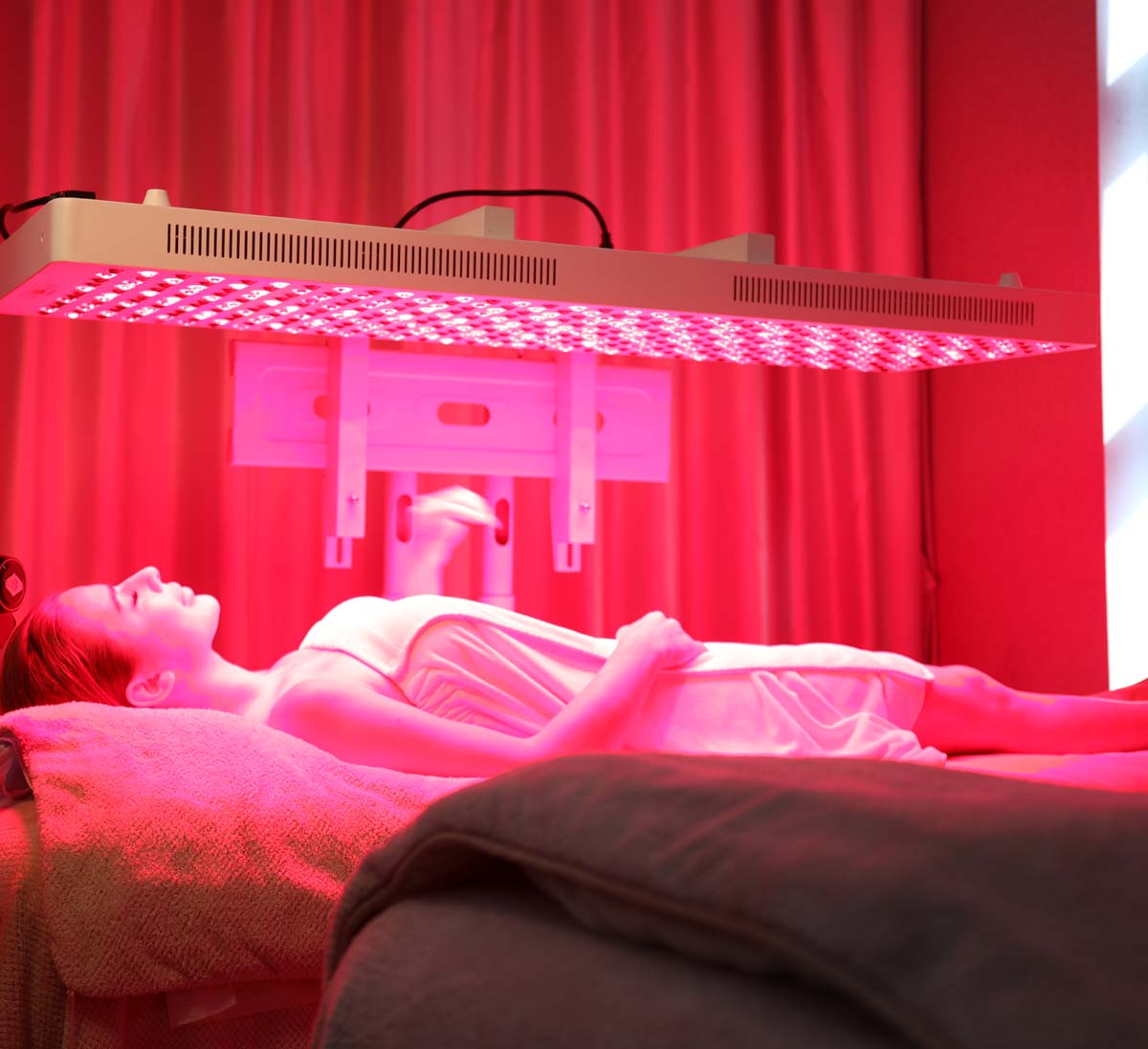
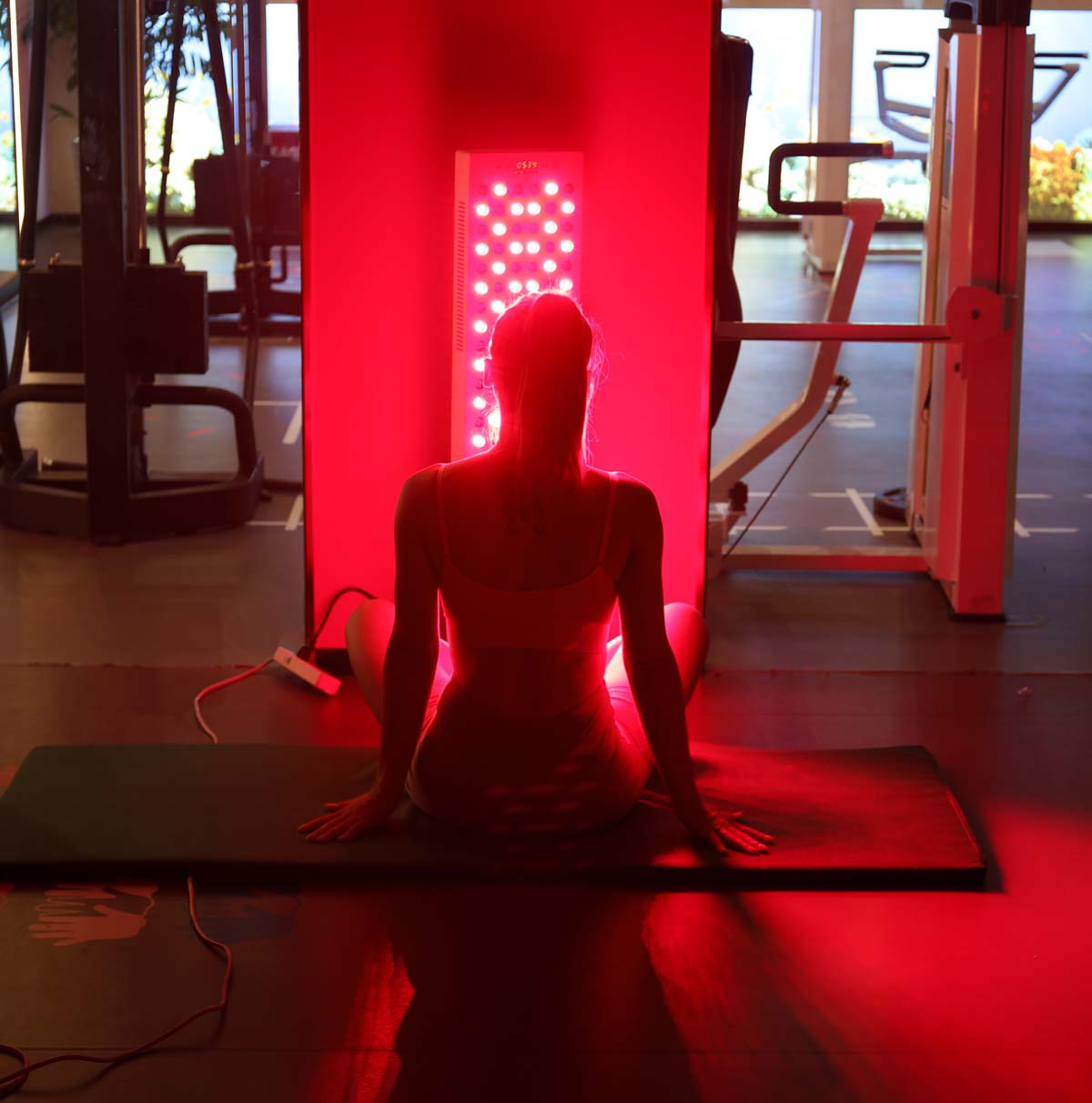

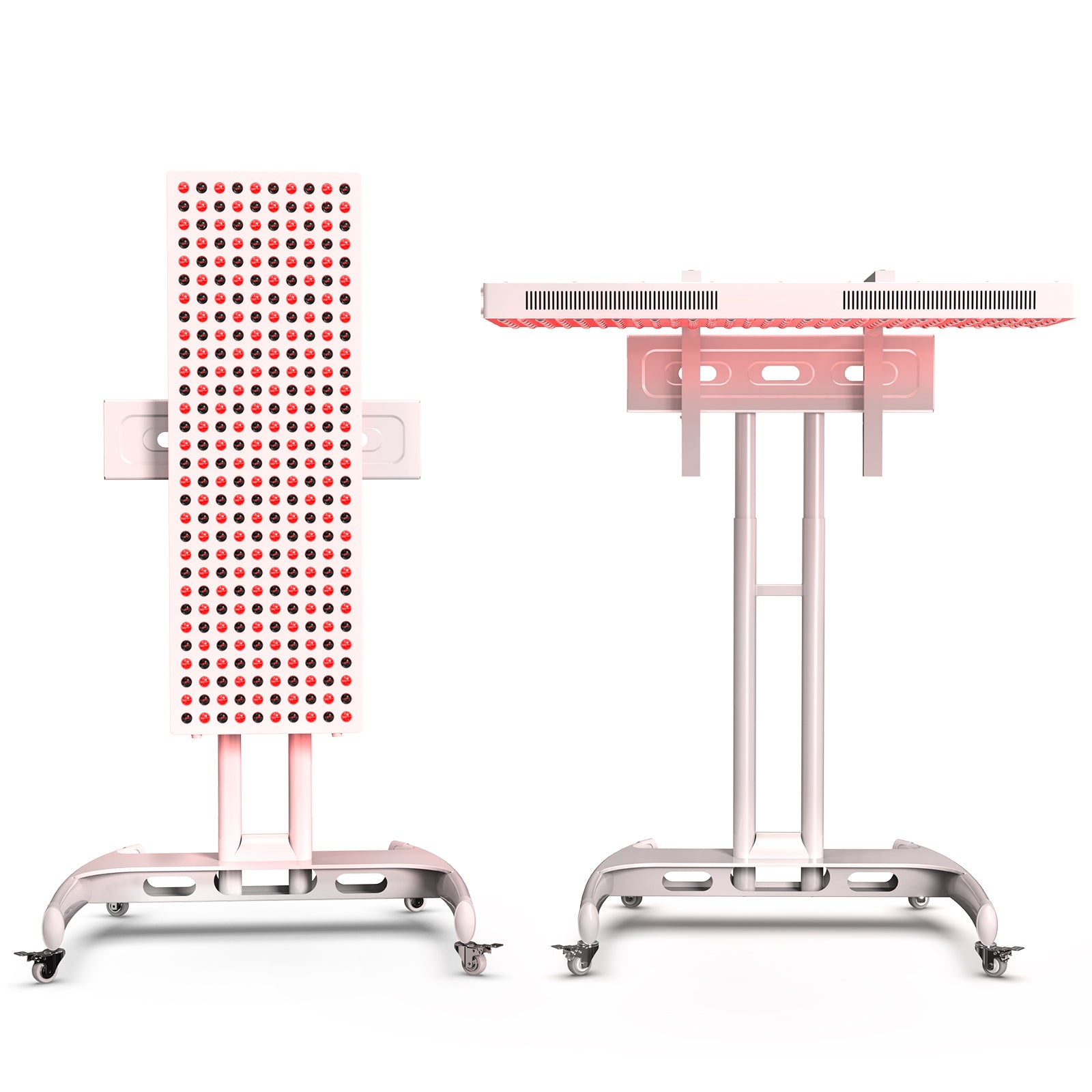
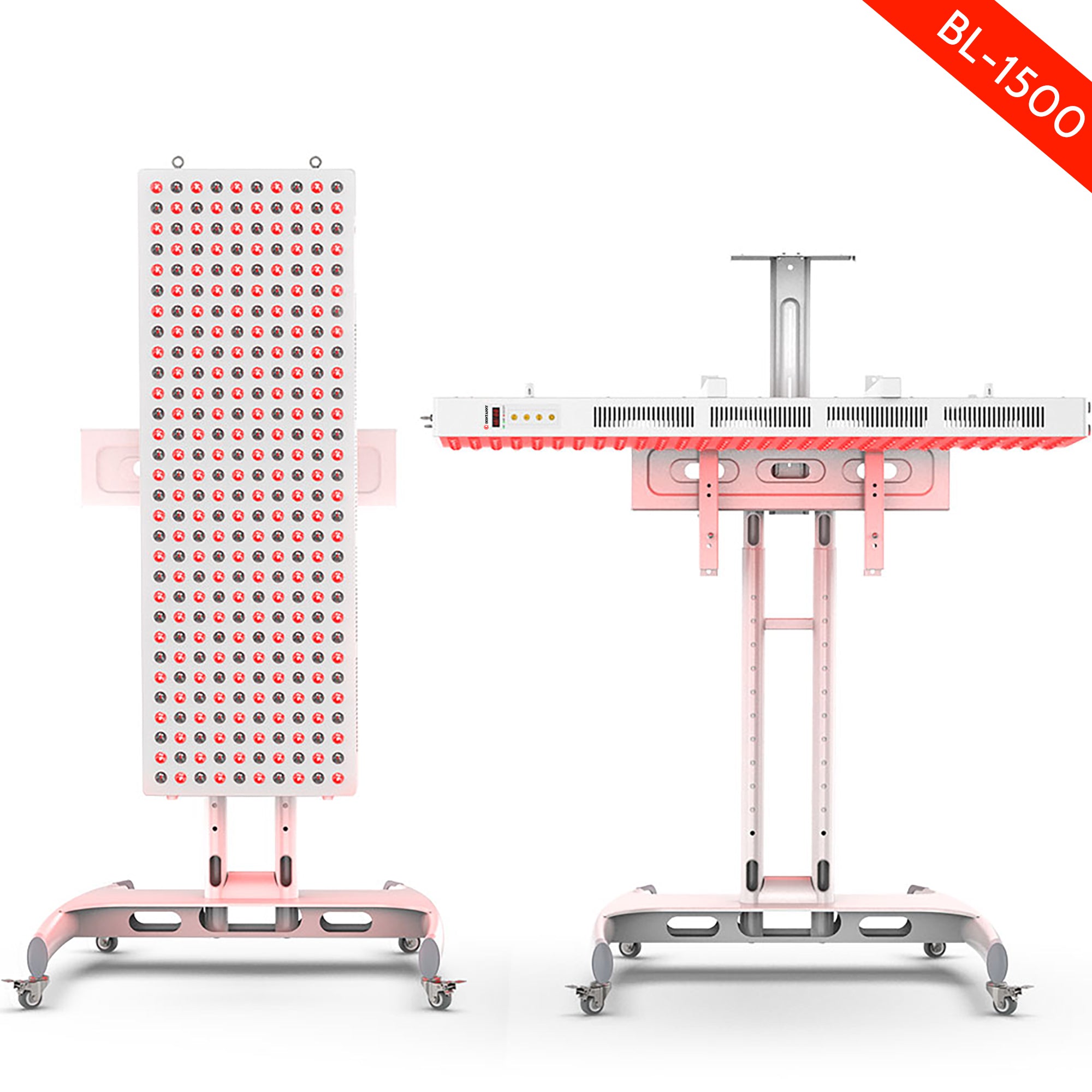

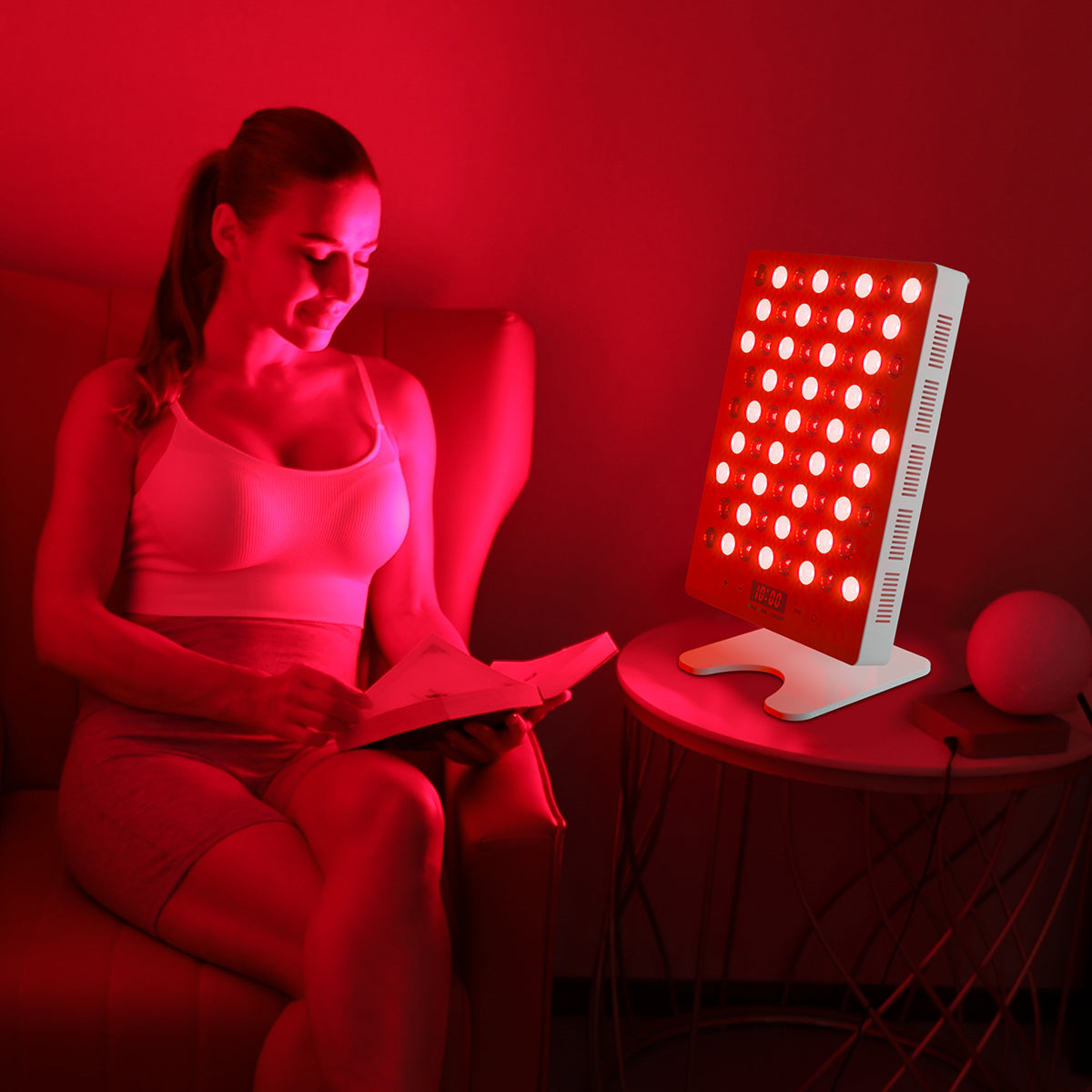
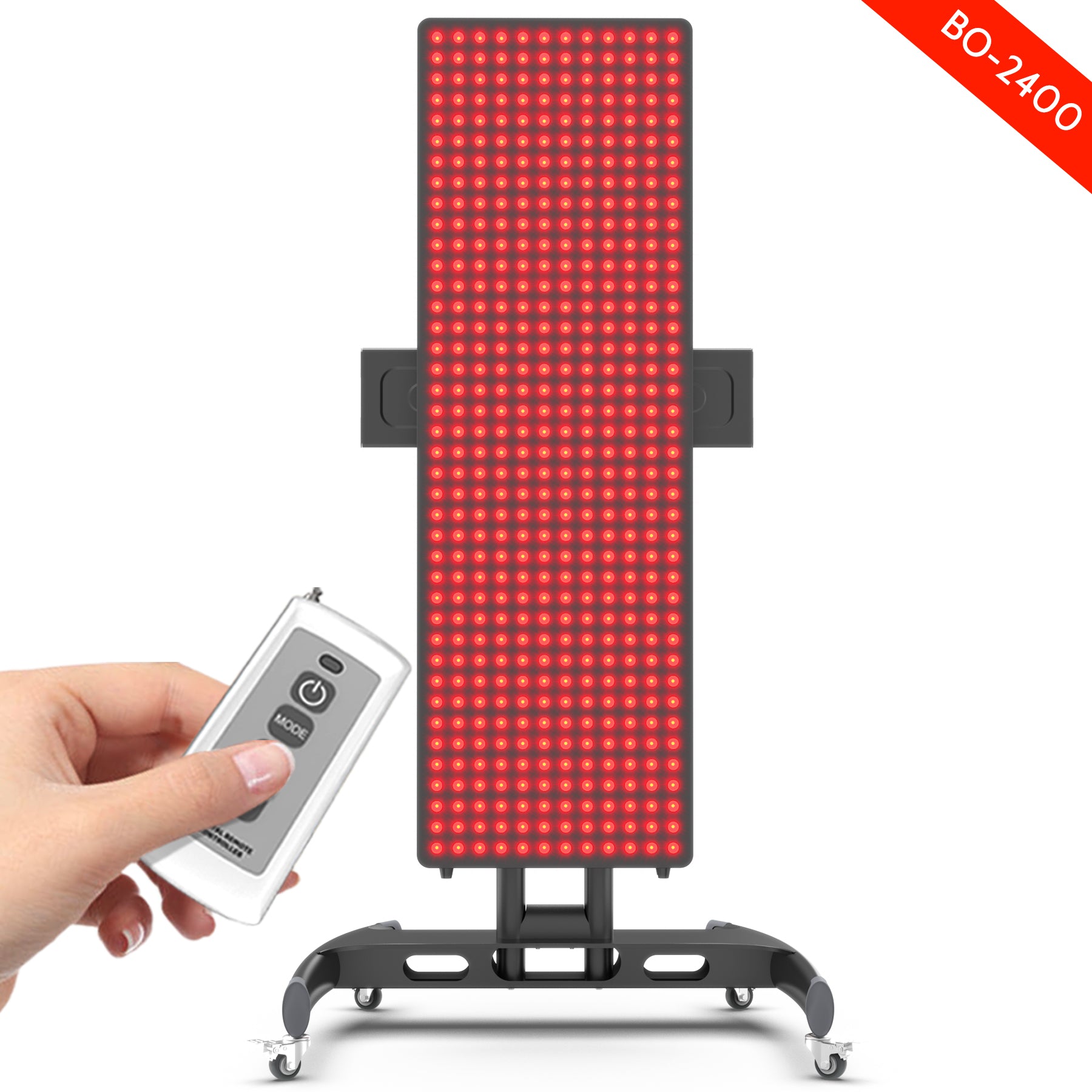

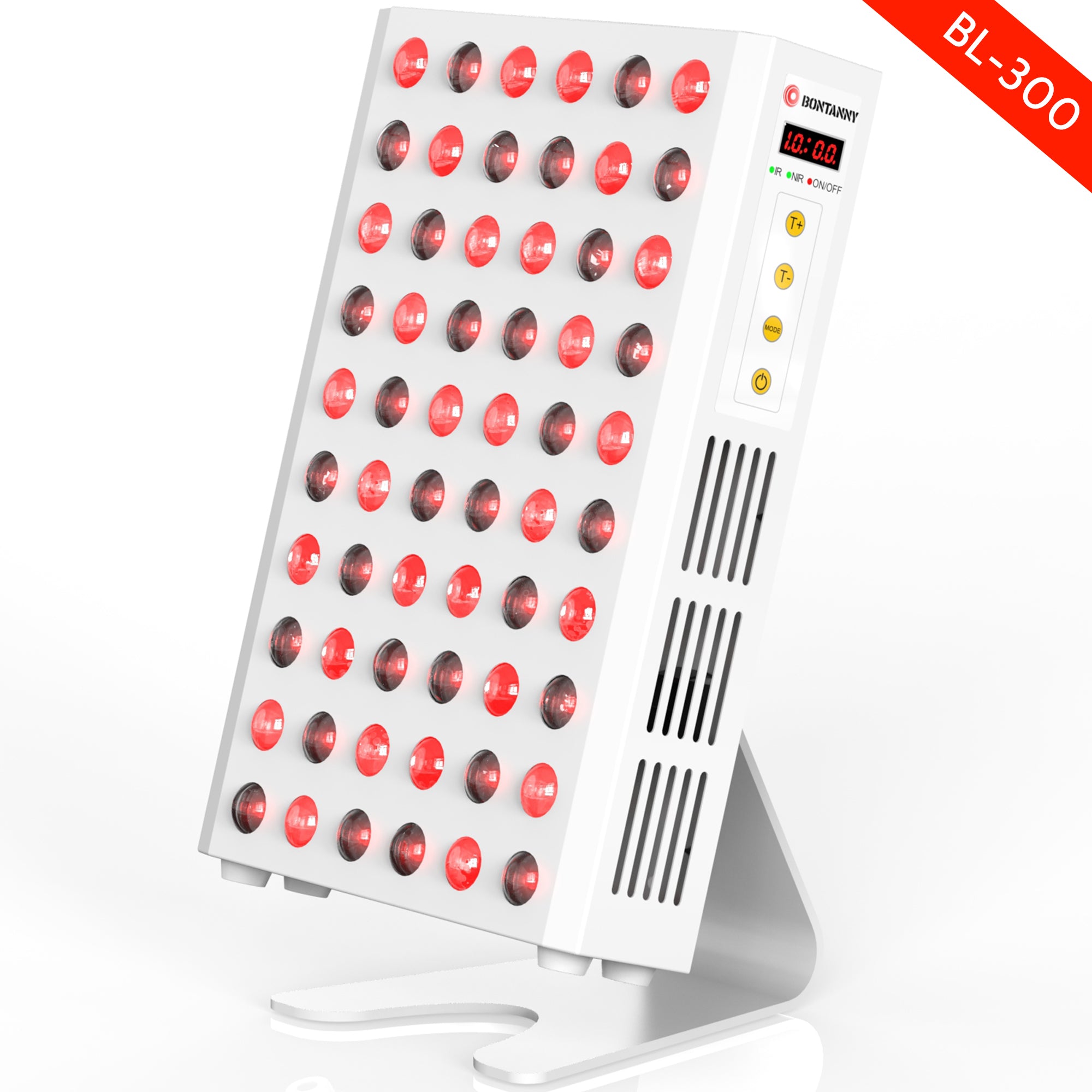
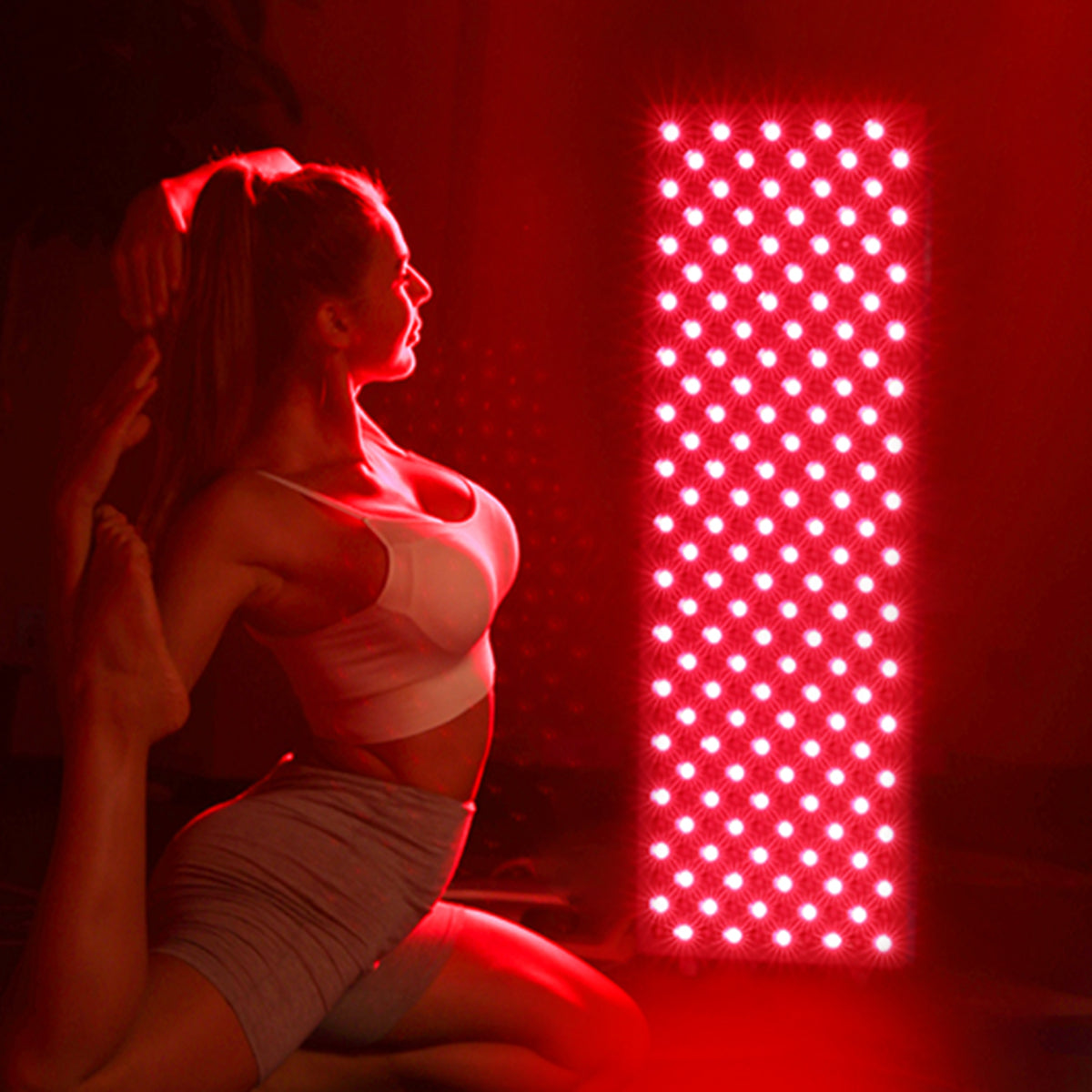
Leave a comment
This site is protected by hCaptcha and the hCaptcha Privacy Policy and Terms of Service apply.